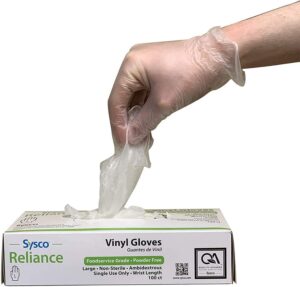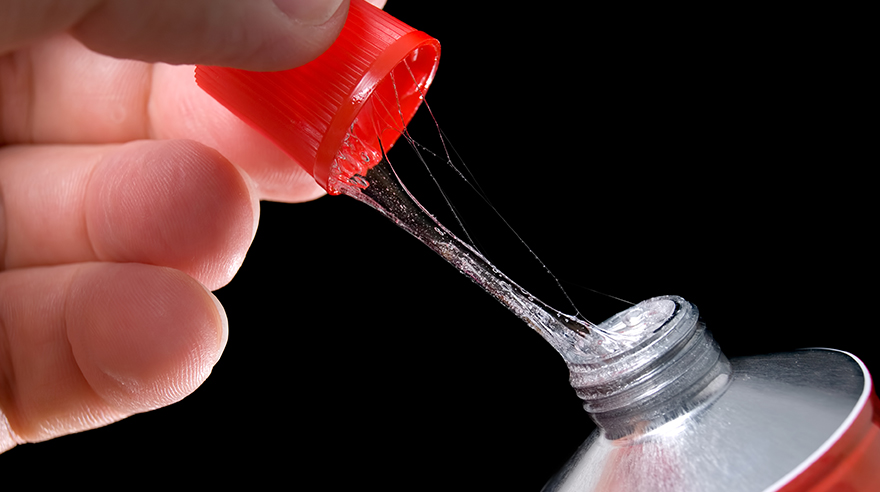Adhesives are used to form bonds between surfaces under wide range environmental conditions. They are basically Cyanoacrylates – commonly known as Superglues and Adhesives. They have many benefits and are used for various purposes because of –
Adhesive Strength: They create strong bonds between similar as well as dissimilar objects. The objects such as plastics, ceramics, metals, rubber, wood which are
difficult to bind are also joined using this adhesive. The bond is very strong and it lasts for quite an amount of time.
Clean Finish: Cyanoacrylates are usually transparent so after they dry up, the object looks clean and doesn’t look like joined or repaired.
Convenient: For joining surfaces, all it needs is to stick the superglue, join them and its all done. No other material required, no post-cleaning.
1. Curad Nitrile Exam Gloves

This pack consists of 100 gloves, they are durable and resistant against chemicals. They are ideal for any job- large or small, indoors or outdoors including medical use, first aid, painting, art and craft, wood work, etc. These are one-size-fits-all gloves which are disposable yet durable for heavy duty work as well.
2. Sysco New Disposable Vinal Gloves

This pack has 100 vinyl gloves and are highly recommended for kitchen and cleansing purposes. It is latex free, does not tear easily and is disposable.
In spite of such benefits, many manufacturers avoid using it because they have their share of reasons such as:
- The name ‘Cyanoacrylates’ contains the word ‘cyano’ which hints at the presence of ‘cyanide’ which is very toxic. This is actually a myth and nowhere close to truth. Actually it contains cyanoacrylate acid which is used in these adhesives. This can cause minor skin irritation or skin allergies at the maximum (which are
proven to be cured within 24 hours with some nominal medication) and they are basically harmless and non-toxic. Unless your skin is super-sensitive, there is no damage done. - The hot fumes emitted after using cyanoacrylates are poisonous- is one of the reason the makers tend to avoid using it. While there are products which are made of heavy compounds and produce the fumes that are fatal for the human respiratory system, the cyanoacrylates give out very mild fumes which are least irritating to the system. This slight effect can also be further reduced by undergoing these processes in an open or a highly ventilated area and by using protective shield against the fumes like- masks, gloves and goggles to prevent them from entering the insides.
- While the awareness about using gloves while handling cyanoacrylates exists, many of the makers do not know which type of glove has to be used. They use any random type of gloves ( which may be useful for some other purpose), This in fact is more harmful than using naked hands. That is because the commonly used gloves contain cotton or wool which when react with the cyanoacrylates produce a reaction emitting heat(causing serious burns) and fumes(damaging the respiratory organs). Whereas using naked hands would have only resulted in some mild skin irritation or temporary bonding with the skin.
So in Cyanoacrylates, Nitrite Gloves work well. They do not have the elasticity of latex gloves but they are ideal and work compatibly with the chemicals used in Superglues. While in some kind of adhesives polyethylene gloves are also used, Polyethylene gloves cannot replace the Nitrite gloves for general use.
These gloves are easy to use and are advised to wash after every contact with superglue or any other chemicals and should be thoroughly dried. They have high durability and cast last upto years if properly taken care of. Nowadays, disposable nitrite gloves are also available which are very cheap and discarded after their use.

